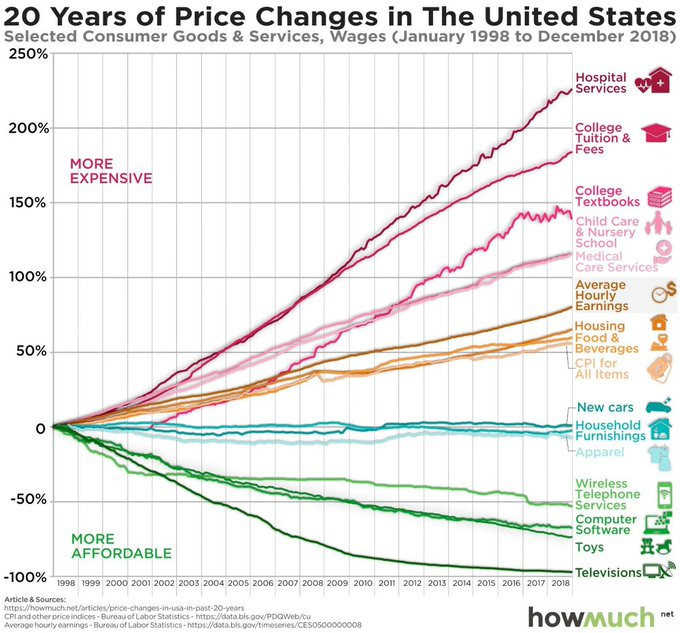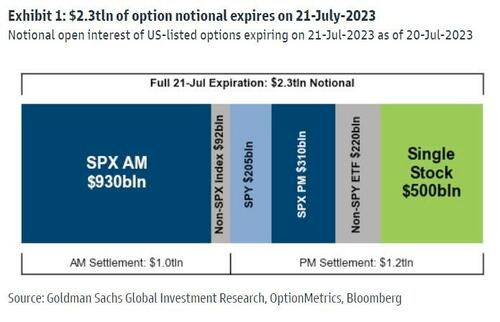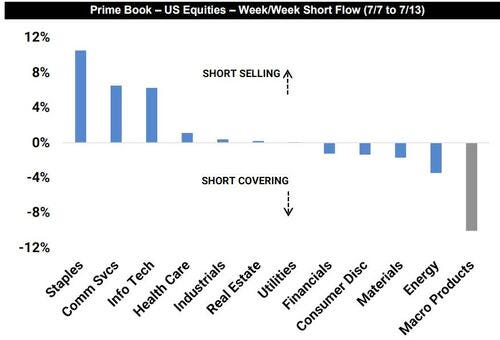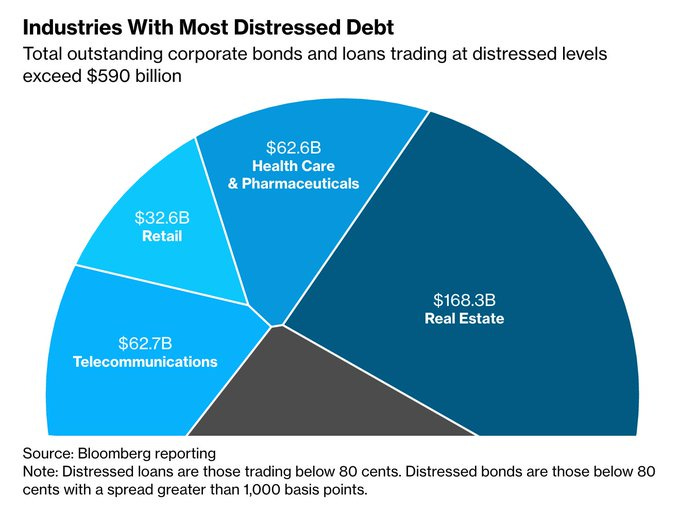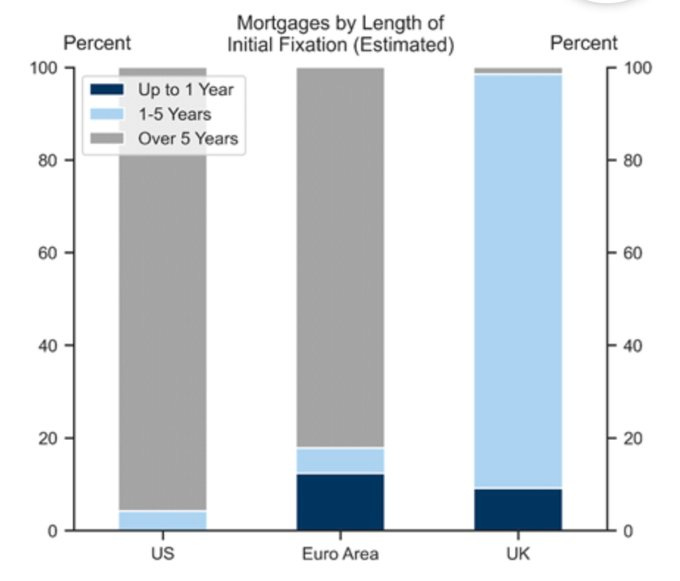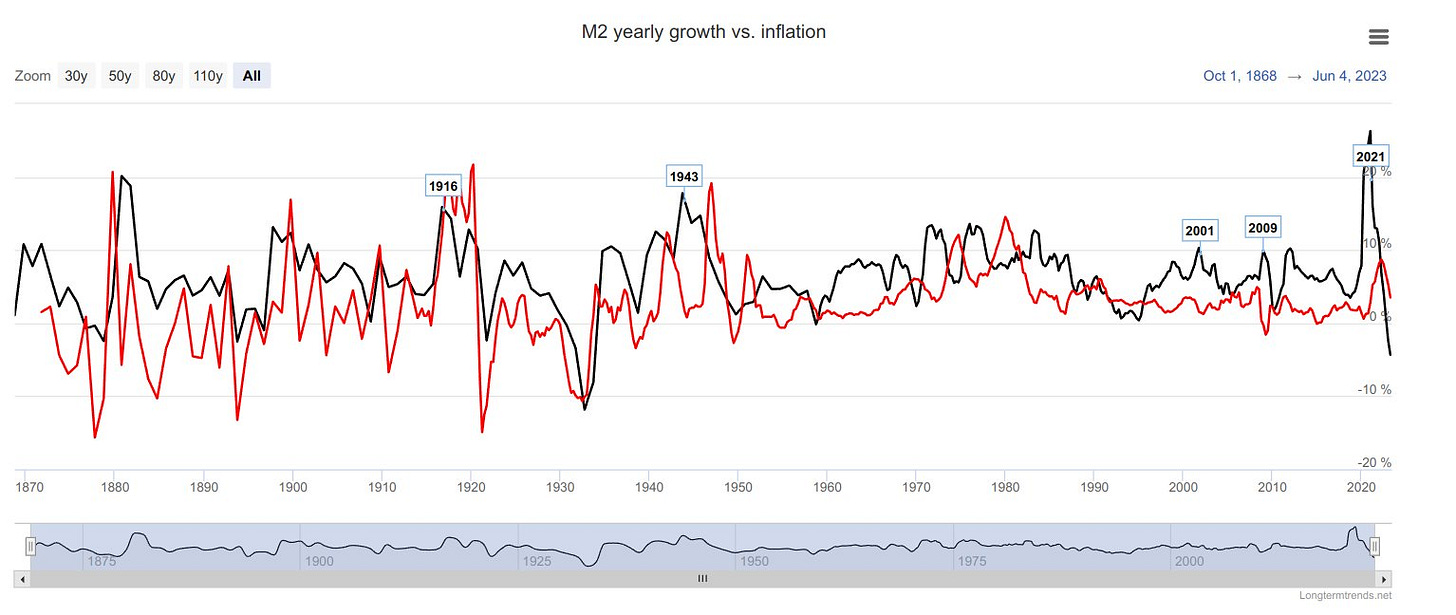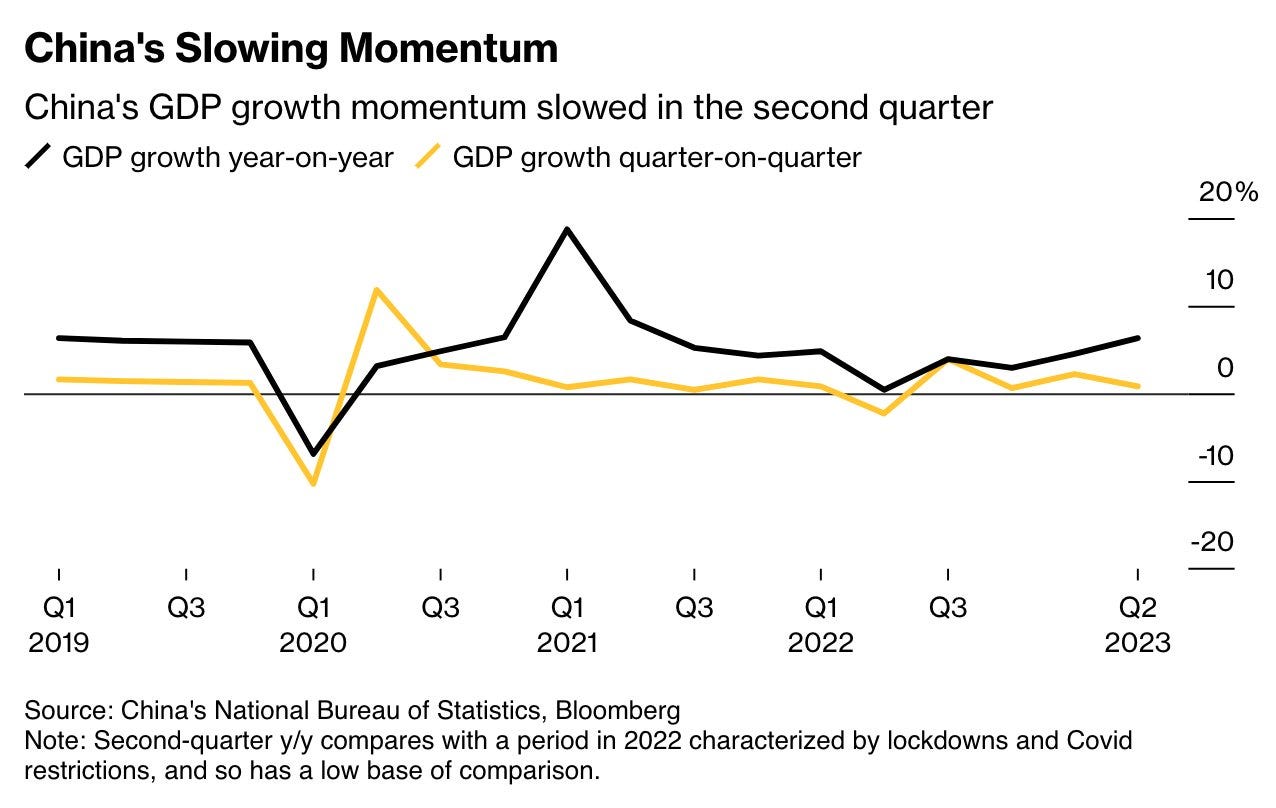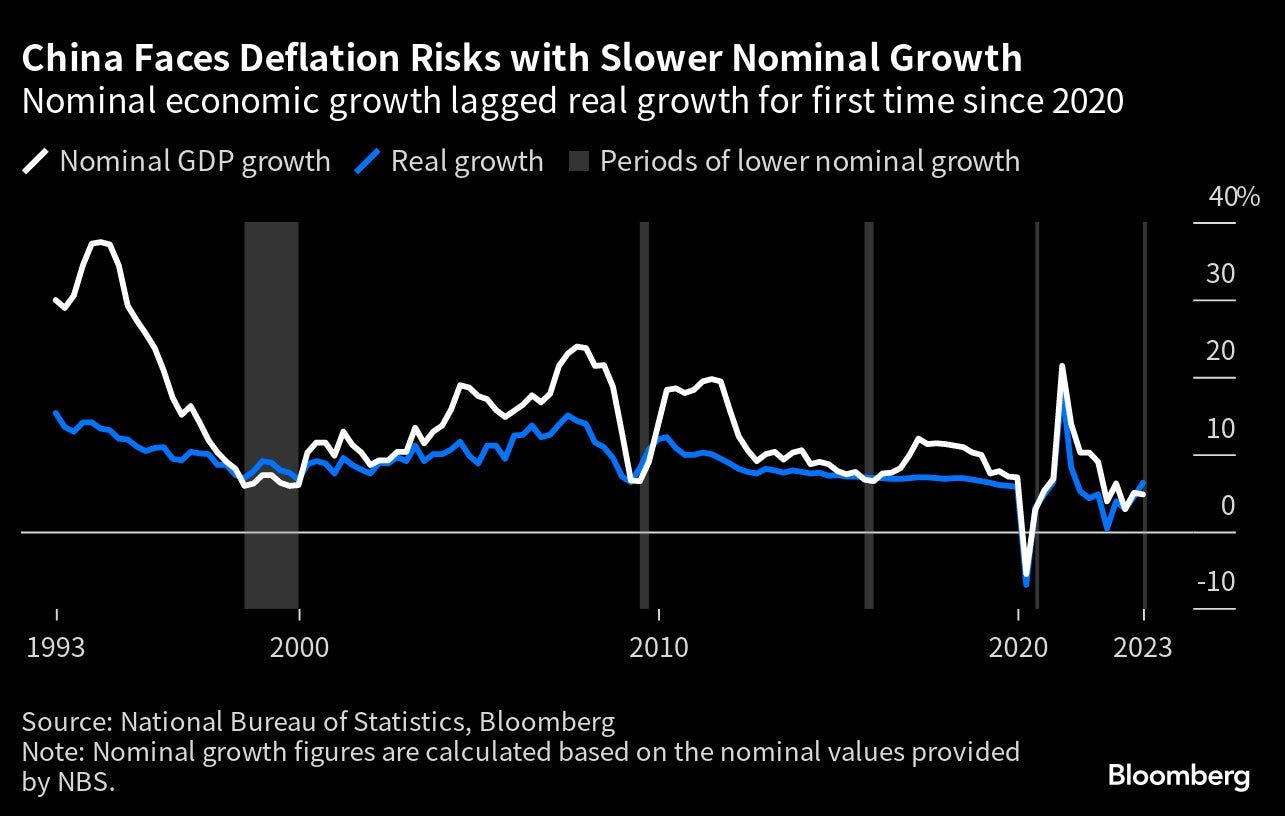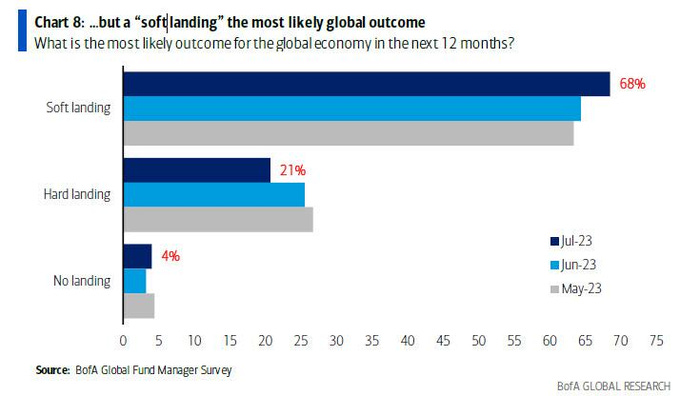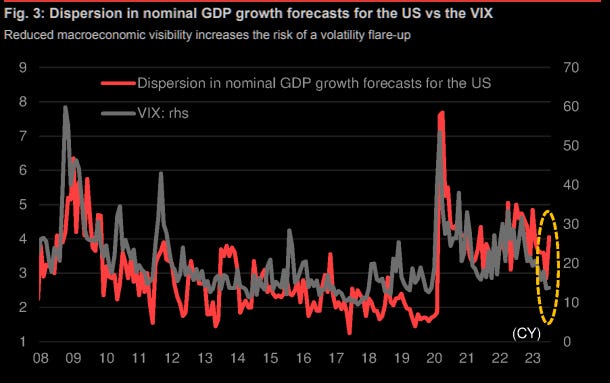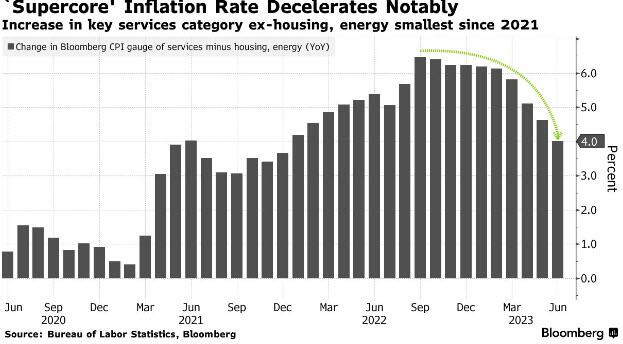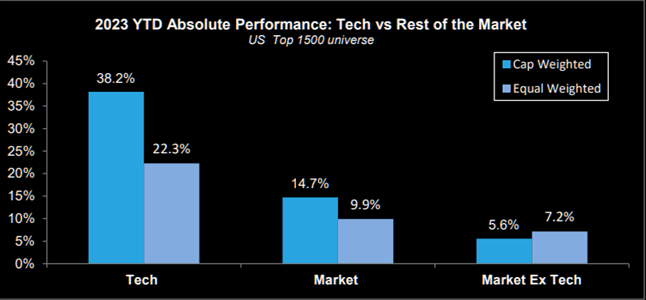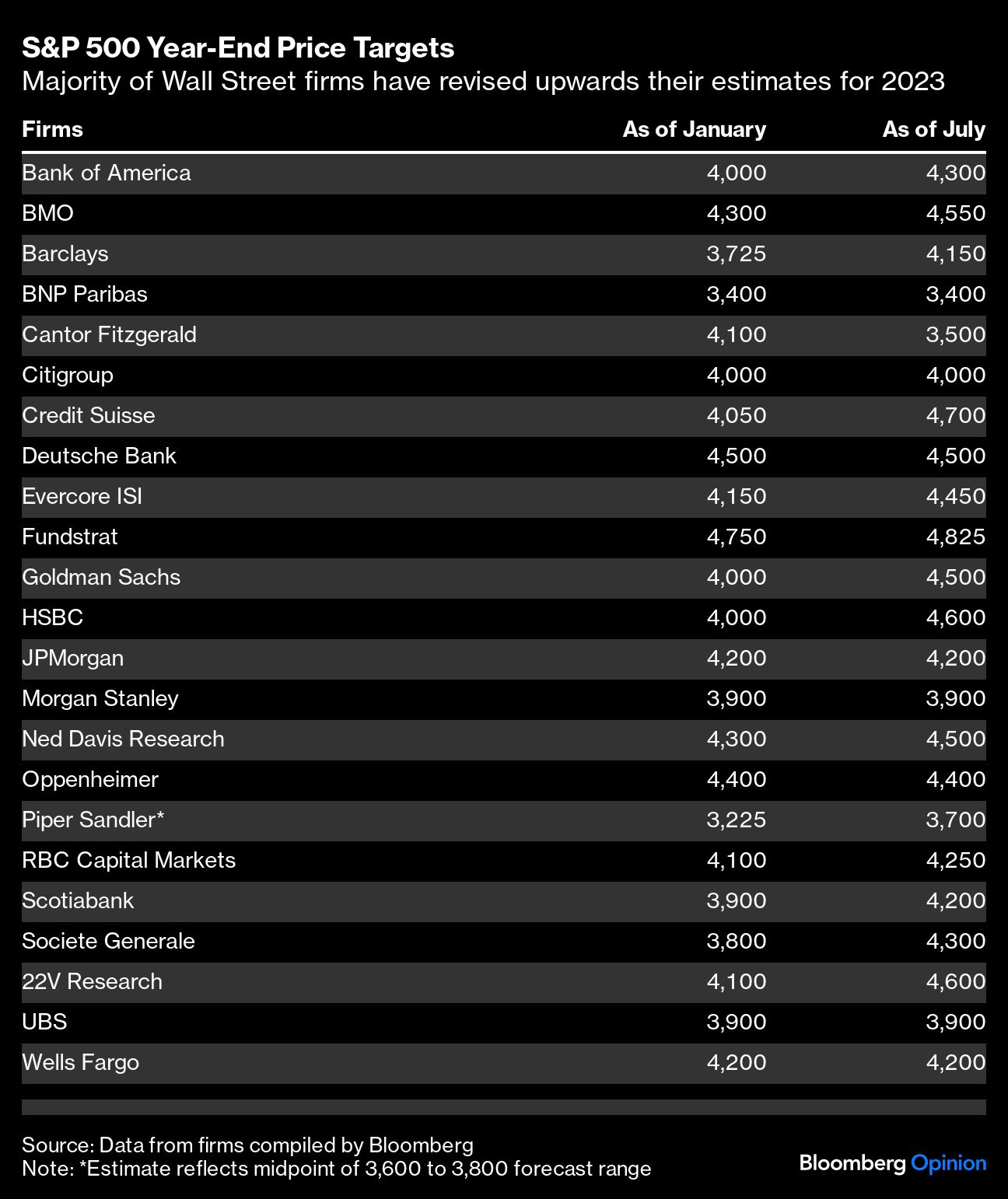Over the last twenty years we’ve seen a significant rise in the price of hospital services, college tuition and fees, college textbooks, child and medical care. All of these areas rose significantly more than overall the pace of inflation.
On the other side, we saw the price of televisions, toys, computer software and wireless telephone services fall appreciably.
Friday’s monthly options expiration was the largest ever for that month at $2.3T. It was a relatively choppy trading day, but overall relatively uneventful, with healthcare bid as some tech skid. Contracts that expire the same day still account for over 40% of daily volume in overall options trading.
Market positioning remains quite stretched, growing to 1.7, which is the highest reading since late 2021. This suggests that participants are very bullish about future prospects in risk assets, despite negative earnings growth and non-existent risk premiums in the S&P 500 and NASDAQ.
There are some signs that hedge funds are covering shorts in macro products (forex and rate derivatives), while adding shorts into staples, communication services, and tech before earnings season kicked off. Part of this may be hedging positions, but there may also be some directional bets to consider.
Gross leverage by hedge funds remains quite high, around 254%. This is a key metric to watch, because hedge funds don't always have their longs and shorts in places that balance out. On some days both sides of their book can even go against them at once!
Auto loan rejections are spiking to new year-over-year highs as credit conditions tighten further. This while the average car loan is now in the low quadruple digits per month.
Distressed corporate debt exceeds a half trillion, with the majority of it within real estate:
Office vacancies are near historic highs
Starwood just defaulted on a $213M commercial loan for an office building
$1.4T of CRE debt needs to be refinanced by the end of 2024
In the UK the length of mortgages tends to be quite short, which presents a host of challenges in the current environment of rates normalizing to much higher levels, and set to continue rising.
Previous episodes of money supply contraction (black) have often dragged down inflation (red), which is encouraging given the current backdrop of money supply contraction and slowing headline inflation.
It’s fair to say that this recent contraction in money supply, while rare, is coming from a place of elevated growth from the response to the COVID crash. Some normalization of growth back to a longer-term trend may be, at least in part, what is happening at present.
Chip exports from Taiwan, the world’s chip supplier, fell the most in 14 years, and Taiwan Semiconductor’s earnings last week confirmed that there is a rather grim outlook for the second half of 2023.
Because semiconductor sales are such a key barometer of global economic growth, it will be important to monitor the earnings and guidance from other semiconductors as well. Intel, Lam Research, and Texas Instruments report during the week ahead.
The China reopening story continues to lose momentum:
GDP came in below expectations in Q2, at +6.3% y/y vs the same time last year when many cities were in lockdown
Youth unemployment has hit a record high of 21%
PPI fell 5.4% in June - The government has downplayed the size of stimulus
We believe that the economic situation in China is complex, because prior drivers, including construction, real estate, and export demand. Economists had hoped to see the Chinese consumer fill that void, but of yet that hasn’t occurred at any encouraging level.
Perhaps unsurprisingly, Wall Street strategists have conservative year-end targets for the S&P 500. While the market has rallied impressively, concerns are lingering about the economy and earnings.
With all that in mind, it’s not all gloom and doom as 68% of fund managers surveyed by BofA in July believe that a soft landing is the most likely outcome.
According to Nomura, reduced economic visibility can increase the chance of a volatility surge. It makes sense that less certainty in macro can create more uncertainty in future pricing, which may be reflected by the VIX. The question, however, is whether that will be realized in a time of 0DTE-driven volatility compression being an overriding factor.
On the inflation front, there is some good news in the economic data. Supercore inflation is falling appreciably. This is what we want to see, though we are concerned that further deceleration of this magnitude may prove to be more challenging in the back half of 2023.
Positioning in the US dollar is rather lopsided to the short side, setting up a variety of potential trades in other pairs, including short EURUSD, and long USDJPY.
On the other side of the ledger, investors have barely any commodity exposure. Something we will discuss further in our Abundance to Scarcity theme that is in the works for members.
The top 10 stocks in the NASDAQ went out on the week at about 61% weighting, and will start next week after the re-weighting at 51%. Meaning that just 10 stocks still make up 51% of an index of 100 stocks, suggesting that it is still a high concentration level.
Most of those stocks fall within the 'tech sector, and we can see that cap weighted tech is up 38.2% YTD, with the market ex-tech up only 5.6%. The concentration of upside performance in large tech is a bit disconcerting as the rally has yet to meaningfully expand out to other parts of the market.
Meanwhile, we see Sanford Bernstein suggesting taking profits of the table in tech and allocating elsewhere. We view defensive holdings, like Treasury bills, medical technology, aerospace and defense, and certain consumer staples as being attractive here.
High beta stocks, like mega cap tech, are in our sell zone right now due to their incredible outperformance their more defensive lower beta peers. This suggests that long SPLV and short SPHB is a potential pair trade to consider in this environment.
Apparently, Kantro from Piper Sandler has been the last to increase targets. Their estimate is now between 3600-3800. We think that analysts are once again playing catch up but that the risks to this market have actually materially increased with such a large multiple expansion-driven rally. Earnings season will be critical, and not just what is reported or guided, but also how the market reacts.
A summary of earnings from Tesla, which showed more margin compression. A concern for investors who marked down the stock rather aggressively, with shares falling almost 10% the day after earnings were released.
The earnings report wasn’t particularly bad, but it wasn’t enough to sate the appetite of a market that needs to validate incredible returns for this stock year-to-date.
As earnings season kicks into full gear during the week ahead, don’t forget to check out our ongoing earnings season coverage.

